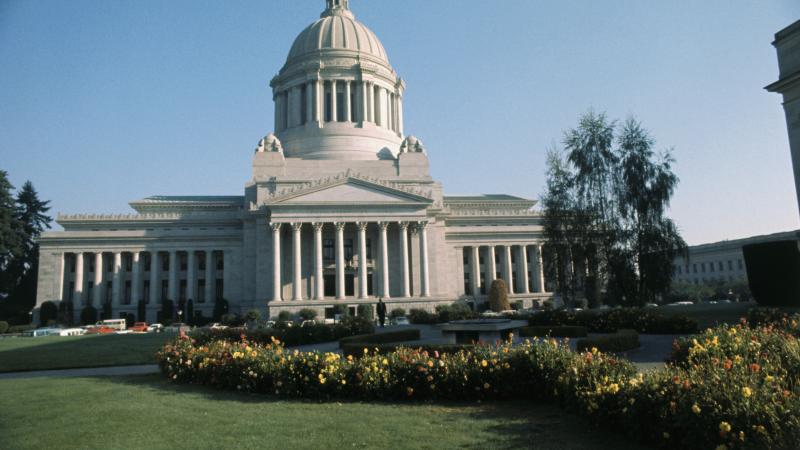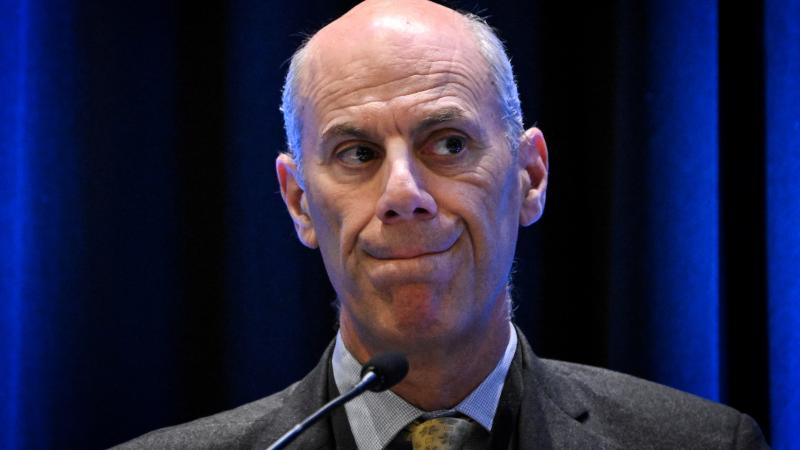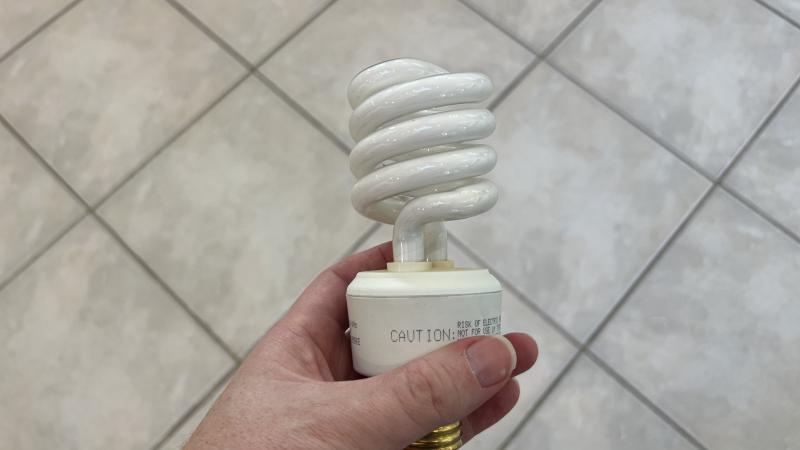Student debt will rise to pre-cancellation levels in less than a decade, budget group says
Several economists also have raised the alarm about how the cancellation will hike inflation.
It will take less than a decade for student loan debt to return to the level it was at before President Joe Biden canceled nearly half a trillion dollars of the debt at taxpayer’s expense, a new report from a leading budget group says.
The Committee for a Responsible Federal Budget released the analysis. They estimate that Biden’s debt cancellation of $10,000 per borrower and $20,000 for Pell Grant recipients will cost the federal government between $440 billion and $600 billion.
However, they say it will only take a few years for student debt levels to rise again, erasing the cuts of Biden’s cancellations.
“We estimate that if all eligible borrowers receive debt cancellation, the overall student debt portfolio would return to its current level of $1.6 trillion in five and a half years – in 2028,” CRFB said. “In inflation-adjusted dollars, student debt would return to its current level in 2031.”
CRFB also pointed out that the delay in payments, which has gotten little attention compared to debt cancellation, has a big cost for taxpayers as well.
“This four-month payment pause extension will add $20 billion to the deficit,” the group said. “The repayment pause has now been extended seven times, lasting 33 months, bringing the total cost of the pause since the beginning of the pandemic through the end of this year to $155 billion.”
CRFB isn’t the only one critical of Biden’s plan. Several economists have raised the alarm about how the cancellation will hike inflation.
Former Obama administration economist Jason Furman said the cost of forgiving the loans will be felt by the rest of the country.
“Student loan relief would lead some people to spend more,” said Furman, who also works as a senior fellow at the Peterson Institute for International Economics. “We can’t make more so others would consume less. The way that happens is inflation. Budget constraint. If you add hundreds of billions to the deficit, eventually taxes will rise or spending will be cut. Or some tax cut or spending increases that could have happened won’t. Either way a cost. A full evaluation of student loan relief would take this into account. You might still like it – it benefits recent college grads and hurts most everyone else, both rich and poor. But don’t assume it is 'free' money – it is not."
Furman said the plan would be “gasoline on the inflationary fire.”
“Pouring roughly half a trillion dollars of gasoline on the inflationary fire that is already burning is reckless,” Furman wrote on Twitter. “Doing it while going well beyond one campaign promise ($10K of student loan relief) and breaking another (all proposals paid for) is even worse.”
The majority of Americans feel the same way. As The Center Square previously reported, a NBC/Momentive poll from last month showed that 59% of surveyed Americans report they are concerned that canceling student debt will raise inflation.
“Republicans are especially concerned: 81% of Republicans say student loan forgiveness will make inflation worse, nearly double the number of Democrats who say the same (41%),” Momentive said.
Lawmakers also blasted Biden for the plan, citing inflation, which has hit the highest level in over four decades.
“Now, President Biden is doubling down on his abandonment of working Americans by issuing an illegal order to use hundreds of billions of your tax dollars to ‘forgive’ the loans of college-educated individuals who voluntarily took on debt to finance their education,” U.S. Sen. Rick Scott, R-Fla., said. “The American people, who are already struggling to keep up with Biden’s raging inflation crisis, are disgusted with the Democrats’ dangerous, socialist agenda and demanding action. Republicans must stand united to repeal the IRS supersizing and pass my bill to force every member of Congress to go on the record for student loan forgiveness.”













